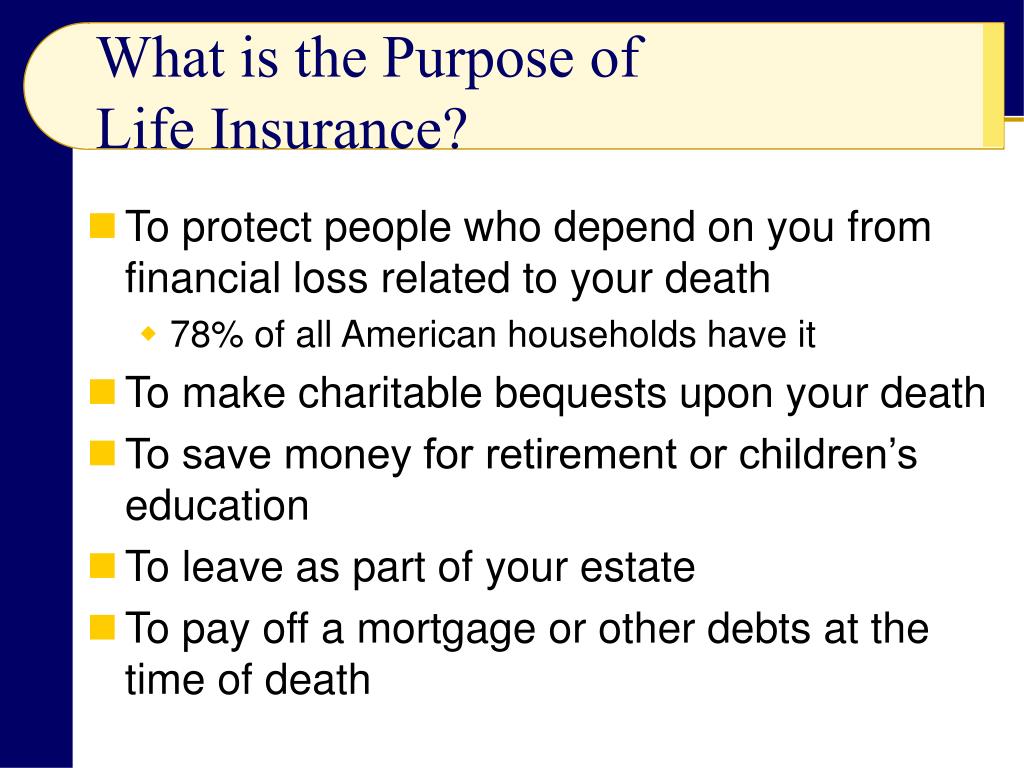Pacific Prime Can Be Fun For Anyone
Pacific Prime Can Be Fun For Anyone
Blog Article
Not known Facts About Pacific Prime
Table of ContentsEverything about Pacific PrimeThe Only Guide for Pacific PrimeRumored Buzz on Pacific PrimeNot known Facts About Pacific PrimePacific Prime Fundamentals Explained

This is due to the fact that the data were accumulated for a period of solid financial performance. Of the approximated 42 million people that were uninsured, just about concerning 420,000 (about 1 percent) were under 65 years old, the age at which most Americans become eligible for Medicare; 32 million were adults in between ages 18 and 65, around 19 percent of all adults in this age; and 10 million were kids under 18 years old, about 13.9 percent of all children (Mills, 2000).
These quotes of the variety of individuals uninsured are generated from the annual March Supplement to the Present Populace Study (CPS), performed by the Census Bureau. Unless otherwise noted, national quotes of people without wellness insurance coverage and proportions of the population with different type of protection are based upon the CPS, one of the most extensively used source of price quotes of insurance coverage and uninsurance rates.
Pacific Prime - The Facts

Still, the CPS is particularly beneficial since it produces annual price quotes fairly swiftly, reporting the previous year's insurance coverage approximates each September, and due to the fact that it is the basis for a regular collection of estimates for more than twenty years, permitting evaluation of patterns in coverage over time. For these factors, in addition to the comprehensive use of the CPS in various other research studies of insurance protection that exist in this report, we count on CPS price quotes, with restrictions noted.

The price quote of the number of without insurance people increases when a population's insurance status is tracked for numerous years. Over a three-year period starting early in 1993, 72 million people, 29 percent of the U.S. https://pxhere.com/en/photographer/4223924. population, lacked protection for a minimum of one month. Within a single year (1994 ), 53 million individuals experienced at the very least a month without coverage (Bennefield, 1998a)
6 out of every ten uninsured adults are themselves used. Functioning does enhance the likelihood that one and one's household members will certainly have insurance coverage, it is not a warranty. Even participants of households with 2 full-time wage income earners have practically a one-in-ten opportunity of being without insurance (9.1 percent uninsured price) (Hoffman and Pohl, 2000).
What Does Pacific Prime Mean?
New immigrants account for a substantial percentage of individuals without health insurance coverage. One evaluation has actually attributed a considerable section of the current growth in the size of the united state without insurance populace to immigrants that got here in the country between 1994 and 1998 (Camarota and Edwards, 2000). Recent immigrants (those who pertained to the USA within the past four years) do have a high rate of being uninsured (46 percent), but they and their kids account for just 6 percent of those without insurance nationally (Holahan et al., 2001).
The partnership between health insurance policy and access to care is well established, as documented later in this chapter. Although the relationship between wellness insurance and health outcomes is neither straight neither basic, an extensive medical and health services study literary works web links health and wellness insurance coverage to improved accessibility to care, much better high quality, and improved individual and populace health and wellness condition.
Levels of analysis for checking out the impacts of uninsurance. This discussion of medical insurance protection focuses primarily on the united state population under age 65 due to the fact that basically all Americans 65 and older have Medicare or other public coverage. It concentrates specifically on those without any kind of wellness insurance policy for any size of time.
A Biased View of Pacific Prime
The problems dealt advice with by the underinsured are in some areas comparable to those faced by the without insurance, although they are usually less severe. Health and wellness insurance, however, is neither essential nor enough to get access to clinical services. The independent and straight effect of wellness insurance coverage on accessibility to health services is well established.
Others will get the wellness care they require also without medical insurance, by spending for it out of pocket or seeking it from companies who offer treatment free or at very subsidized rates. For still others, wellness insurance coverage alone does not guarantee invoice of care due to various other nonfinancial obstacles, such as a lack of healthcare carriers in their neighborhood, minimal access to transport, illiteracy, or linguistic and social differences.
Excitement About Pacific Prime
Official research concerning uninsured populations in the United States dates to the late 1920s and early 1930s when the Committee on the Price of Medical Care produced a series of reports regarding financing physician workplace check outs and hospital stays. This concern ended up being significant as the varieties of medically indigent climbed up throughout the Great Depression.
Report this page